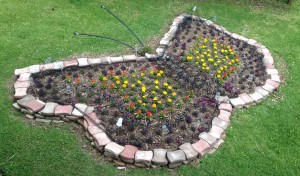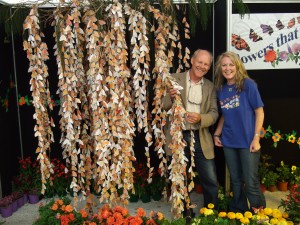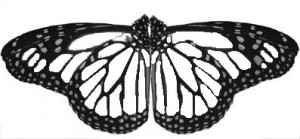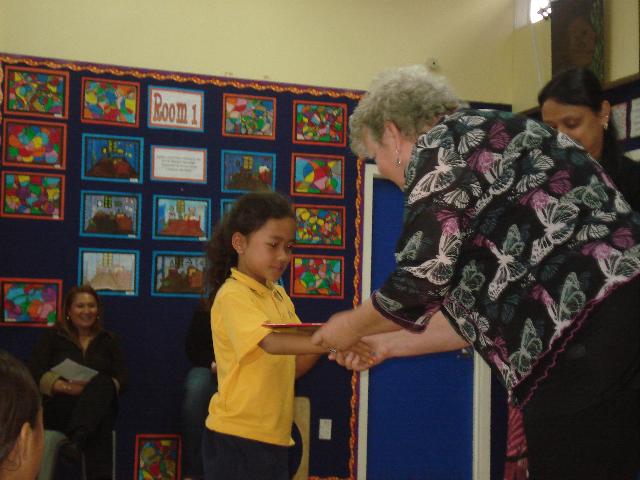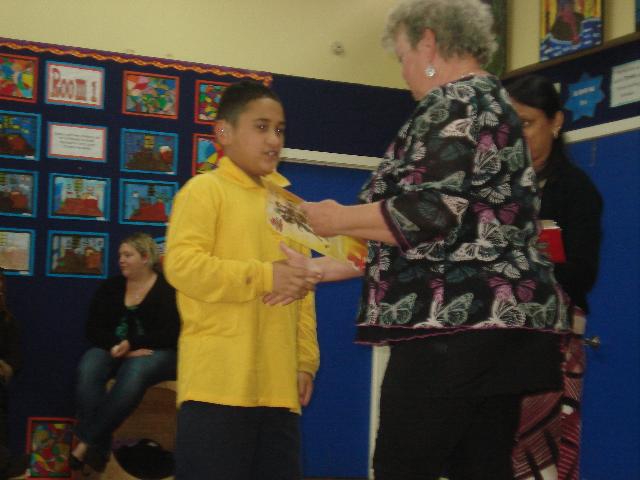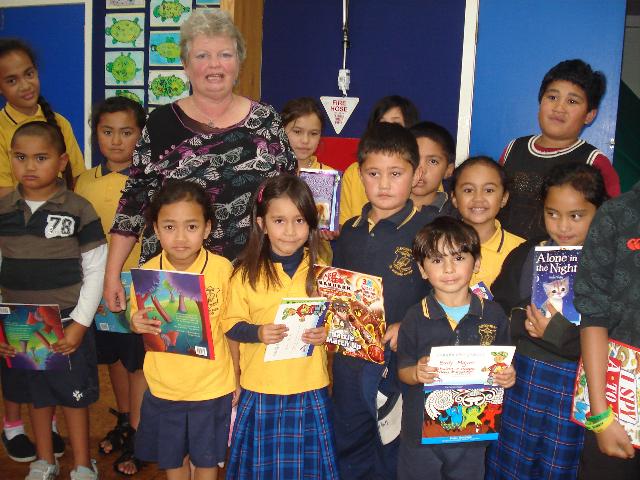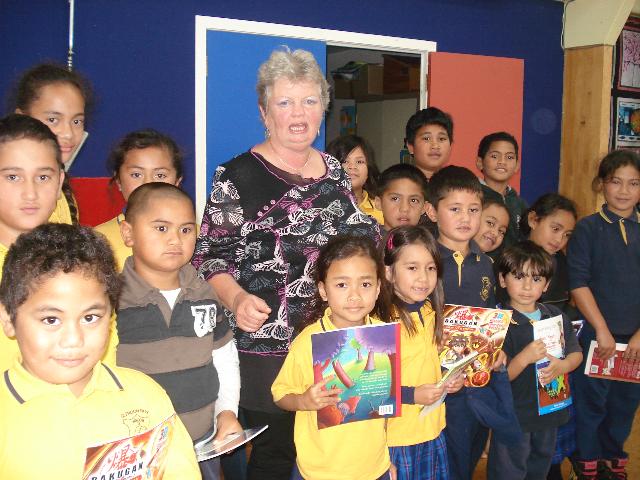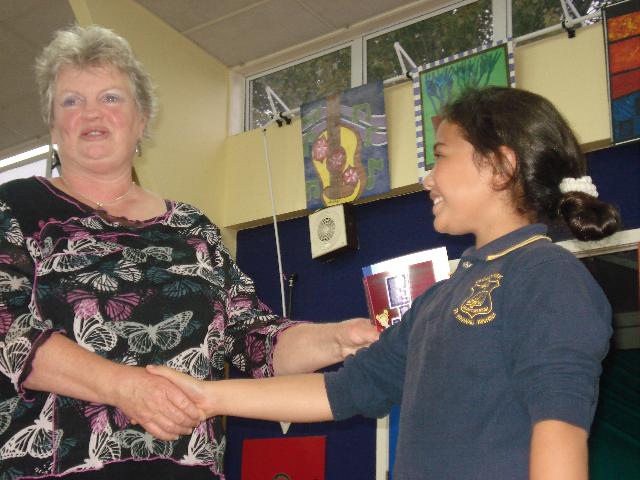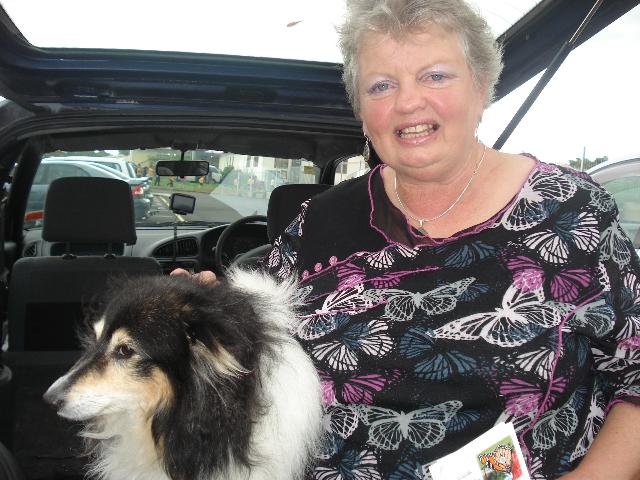Tuesday, 30 August – Blockhouse Bay
August 30th, 2016The season has started!
I have five or six first-instar monarch caterpillars.
Aren’t they hairy little beasts!
I also collected about 40-50 monarch eggs off swan plants in my garden. There are aphids already too… now what did I do last year about them? Snails are eating the new growth on the swan plants, so that’s another challenge to address.
Over at the Blockhouse Bay Recreational Reserve Butterfly Habitat it’s much the same, although I haven’t been looking for eggs. I put used coffee grinds around the swan plants as the new growth was getting eaten by snails/slugs. Those plants will have to look after themselves!
Blockhouse Bay, Spring 2016
August 20th, 2016It’s 20 August 2016 and it’s been a strange winter. the weather gurus say it’s been the warmest yet. July and August it just rained and rained (or so it seemed). I was up north and it was impossible to stay un-muddy. If that’s a word.
I’m writing this briefly – have pots of things to do (a magazine to get out, a calendar to finish… and then whatever comes next). However, I’ve just been around my garden and found eggs on swan plants so thought I should document when I get the first eggs of the new season – so here it is.
Some of the swan plants are looking very sorry for themselves so I’ve pruned a few of them where the snails (and slugs) are eating them. And put down slug bait.
I collected five or six eggs and realise that there is another just about to hatch. I’ve taken photos of it with a macro lens – hope it’s worth keeping (the photo).
There is at least one small black caterpillar on a cineraria at the door to the deck. I presume it’s a magpie moth.
I also weeded the stinging nettle today. There were old dried stems that needed trimming back, and the plants are all beginning to sprout again. So it got some sheep manure and water and that should get that part of the garden going. There are yellow admiral pupae on the wall of the house although quite a few of them have flown.
Spring is about to come!
The Big Bright Butterfly 4.
October 20th, 2013
I wasn’t meant to come home this weekend but during the week (I was working five hours away) it just got too much for me. I was in a part of the country where there was horrific wind and rain. What was happening to my garden back home: would I get home in a few weeks to find it had been blown and washed away? Or would the weather be the opposite and everything had died due to lack of water?
So I came home and was so pleased I did. There hadn’t been much rain and so the first thing I did was water. Now already I can see some of the wildflower seeds have sprouted: the California poppies look like grass, only a few millimetres long. But I recognise them!
Does it look any different to you? Isn’t it exciting… I can’t wait to see it next – I go away again tomorrow but only for three days. Back on Wednesday 23 October. Another update then!
The Big Bright Butterfly 3.
October 13th, 2013And now the head and antennae are in place. The antennae are two lengths of black alkathene piping pushed hard into the lawn. I have put solar lights in the end of them, so it looks quite spooky at night.
The head is a small topiary bush, Lonicera sp. which is actually Honeysuckle and most opportune as we are involved with the intended introduction of the Honshu White Admiral to control the wild honeysuckle (Lonicera), so this “head” may become useful in another way. I think the head needs to be a little bit bigger – and also the eyes aren’t quite right.
The green plastic piece with eyes that you can see in the photo is a little toy that people wear around their fingers – I saw it in a $2 shop today and thought it might be good for this. But it’ll do until something better comes up.
But do you think the head is the right size?
The Big Bright Butterfly 2.
October 12th, 2013Jou Jou Sun arrived (a WWOOFer – willing worker on organic farms) and we got into gear removing all the soil and lining the garden with newspaper to stop that pesky kikuyu grass from coming through.
Then we planted up the garden with hundreds of annuals.

Then we covered the garden with bird-netting (to stop the birds from digging in the garden, the thought it was their place to find worms) suspended on bamboo stakes which had the tops covered with paper cups so that the netting would stay suspended.
And then… the next question, what to find to make the body?
The next day… almost a catastrophe! Who did I find standing in the middle of the bird netting but Bonnie, who was looking for the Ideal Place to Bury her Bone. She was just about to dig… I roared at her “NO!!!” She looked very sorry for herself.
“Sorry, Bonnie… go find a better place to bury that bone!”
The wings are already looking colourful. I looked around the internet and couldn’t find anything suitable for the body until… a visit to Oratia Native Plant Nursery. We found the ideal plant, a ground cover, Leptinella pusilla. It has fern-like foliage, very fine and coloured purple-grey to bronze. Just what I wanted! (Not the best of photos.)
Haleigh (WWOOFer) has planted the body:
The next day… the antennae and then (lastly) the head. Then it’s time to wait until things really get growing.
The Big Bright Butterfly
October 12th, 2013I am working on a Big Project this summer:
To create a butterfly garden with a difference – shaped like a butterfly and filled with a kaleidoscope of colourful nectar plants – to inspire young and old people alike to look after New Zealand’s butterflies when they come on school visits or from gardening clubs etc.
When I started, the garden was all laid out and ready to go – but how much will the seeds and plants cost – compost and bird netting and all those sundry other things that are required when you’re working on a new project?
Compost is home-made. The mulch should mean that the garden won’t dry out over the summer.
The finished garden should attract butterflies and bees, so very environmentally friendly. I will be constructing this with the help of volunteers and friends. The space is about 10m x 4m. It will be completed by the end of October 2013, and should be in place all summer.
I will post further pictures shortly…
Resources : Marketing
September 3rd, 2012In a forthcoming column in TONIC magazine I have an article about marketing your organisation and refer to several successful tools that the Monarch Butterfly New Zealand Trust has used in the past.
Here are photographs and templates for these resources:
A photograph of the large overwintering cluster of Monarch butterflies – the paper butterflies were coloured in by schoolchildren all over the country and mailed to us.
Here you can see Ruud Kleinpaste admiring them on our stand. Elsewhere on the stand there were live butterflies flying in a greenhouse with plenty of caterpillars too.
Below is the template for the butterflies – it looks much more realistic when it is folded. There was room on the reverse for a message.
Of course you may not be promoting butterflies – but you can still involve your target market in contributing to a display in a similar manner.
The fortune-tellers are available here.
We used to make fortune-tellers at school when I was little. They are also called cootie catchers, chatterboxes, whirlybirds and wigwarms. They’re a simple form of origami; and when you’ve made one you ask a question and the fortune-teller operator ‘answers’ after manipulating the fortune teller’s shape.
Ours were to promote a conference – and had facts of interest for teachers, parents and children – but you could personalise the fortunes and the facts to be relevant to your own cause – and the poem that you say when you manipulate the device.
Assembly, Clendon Park School
April 30th, 2012A few weeks ago I spoke at a school assembly for Duffy Books in Homes – well, 46 of them actually over the course of three weeks. This was as a “role model” to (hopefully) inspire the children to appreciate books.
My presentation is about how books and reading can lead you on great adventures. At the conclusion I get to present books to children who represent their class or who receive them as Caught Being Good awards. I was later sent these photographs.
They were great kids!
Unknown shrub, Ahipara
September 12th, 2011Anyone know the name of this? Pretty flowers – seen on the gumfields south-west of Ahipara. The countryside looks like a desert, very windblown.
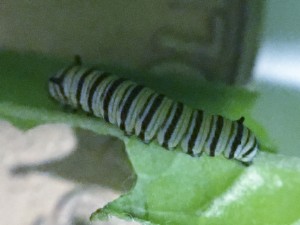
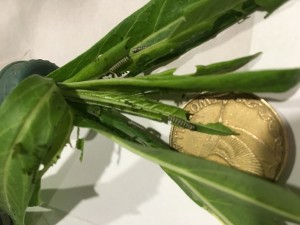
![IMG_0834[1]](http://www.madambutterfly.co.nz/mb/wp-content/uploads/2016/08/IMG_08341-300x225.jpg)
![IMG_0828[1]](http://www.madambutterfly.co.nz/mb/wp-content/uploads/2016/08/IMG_08281-300x225.jpg)
![IMG_0773[1]](http://www.madambutterfly.co.nz/mb/wp-content/uploads/2016/08/IMG_07731-300x225.jpg)
![IMG_0550[1]](http://www.madambutterfly.co.nz/mb/wp-content/uploads/2016/08/IMG_05501-300x225.jpg)
![IMG_0558[1]](http://www.madambutterfly.co.nz/mb/wp-content/uploads/2016/08/IMG_05581-300x225.jpg)
